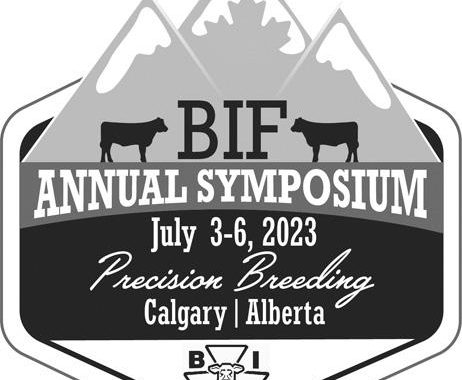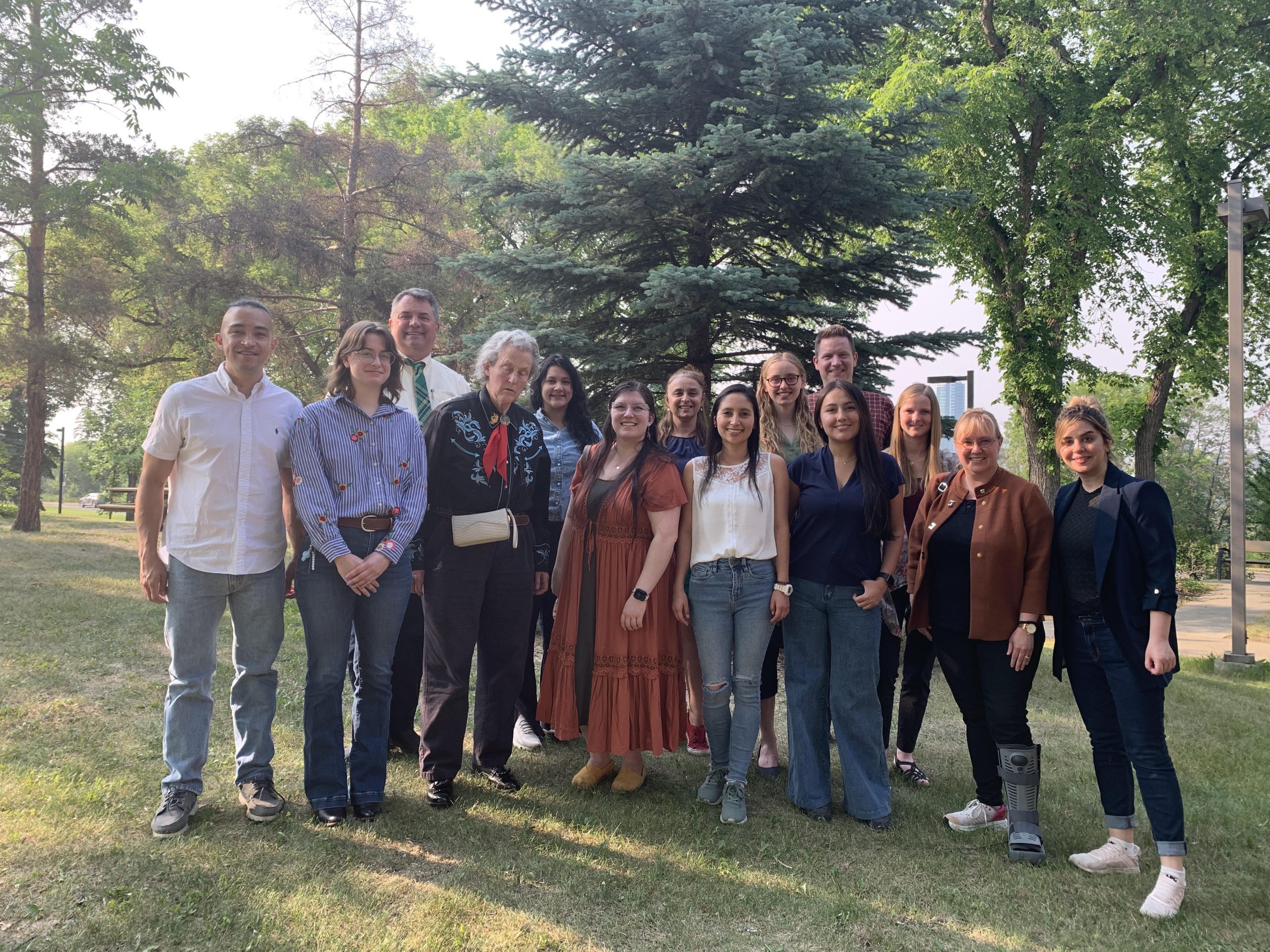Former Gentec collaborator Steve Miller has had quite a decade in terms of the chance to view the beef industry across various functional responsibilities (and continents). We caught up with Steve at the 2023 Beef Improvement Federation meeting in Calgary and again from his office in Armidale, New South Wales, Australia, where he is the Director of the Animal Genetics and Breeding Unit. (BTW, it’s the same office he worked out of for a year as an UGuelph exchange student almost 30 years ago.) We hoped to gather some of his insights around the progress being made in beef improvement, how it is being received, and get some perspective on where things may progress.
Steve developed a cross-continental perspective on the issues and opportunities facing the beef industry after working on selection indexes as a postdoc at AgSights (formerly Beef Improvement Ontario or BIO); as Principle Scientist with AgResearch New Zealand (think USDA or AAFC); Director of Genetic Research, American Angus Association / Angus Genetics Inc. (AGI) of Missouri, where he still “sublets” a portion of his time.
Several themes emerged from our discussion. Taken together they provide context to the complexity of arriving at workable solutions for beef improvement.
Some of that complexity is the long-time delay—in many instances a minimum of 5-years—from ideation to any commercial benefit, which can lead to frustration and a lack of credibility in the eyes of producers. Steve told the story of the owner of Nelson Farms (Iowa) who had a habit of pounding the table and pointing out that while there had been “lots of talk, there had been nothing delivered to actually make the cattle better”. To emphasize the point, Steve says, “In the beef industry, you work for Mother Nature and get paid by Father Time.” One way to minimize the impact of these delays is to create a structure that allows the beef industry to be proactive and, (paraphrasing Gretzky) skate to where the puck is GOING to be.
A second critical element is that the adoption of genetic technology is “a rope that reacts better to a pull than a push” and that, unlike for some other species, the structure of the beef industry can make this difficult to achieve. But again, there are opportunities, generally around price signals. When we spoke with Steve several years ago, he cautioned to “beware the call of the promised land” as it related to the economic potential of genomics in the commercial cattle sector. In other words, it might have huge potential to impact change but is a hard nut to crack! Part of the challenge has been a combination of factors that include inefficiencies in the supply chain; the fact that every producer knows what their cattle sells for (revenue) but few know the cost of production (cost); and that virtually all genomics for commercial beef relate to improving said cost.
The theme (and opportunity) of thinking globally and acting locally, which involves two very different perspectives, may provide the balance and allow the industry to capitalize on the push and pull of genomics adoption while incorporating the advantage of time.
As the science evolved, reference databases increased and prices of genotypes declined, work done on pure breed selection indexes became accessible to commercial producers. Steve was involved with some of this work through BIO (now AgSights) and formed the core algorithms of Leachman Cattle’s $Profit and $Feeder indexes. The technology continued to be refined and was adopted by the Canadian and American Angus associations to create the first and largest custom breed specific genomics tool (panel) for beef cattle as Angus GS. Throughout our conversation, Steve stressed that network and collaborations make the advances possible. He specifically credits Gentec’s Paul Stothard and Gentec alumni Duc Lu as playing key roles in identifying markers or animal variants specific to the Angus breed and their economic validation.
This tangentially led to a discussion on how we all end up standing on the shoulders of giants, as this scientific foundation primed Gentec’s development and launch of EnVigour HXTM, Replacement Heifer ProfitTM and Feeder ProfitTM Indexes specifically for western Canadian commercial cattle.
This in turn was enabled by reduced cost of genotyping over time further expanding genomics application, and increasingly allowed genomics to impact a producer’s “revenue line” where genetic merit scorecards help identify fertile heifers and feed-efficient feeder cattle that benefit from profitable weight gain and favourable grid-grading. If it is possible to identify animals (calves) that command a premium come sale time, producers will ek out the animals (sires and cows) capable of producing them. These price signals further act to pull these improved genetics forward. Steve called out the Angus Link program as an example of how the market is likely to develop along with the potential to apply evidence-based pressures on reputation/relationship-based purchasing.
… And surprises can spur change. Situations are stable until they are not; tipping points can occur suddenly. As they have many times, as with genomics, EPDs, MBVs, indexes and their general application in the beef industry. Applications advanced slowly and incrementally until the cost and value propositions tipped and the opportunities exploded, first in the pure breed sector, then in the commercial cattle sector.
These topics serve as a starting point to look to where the beef industry may need to move and, given the time lags involved, may be best suited to leverage the push-side of the genomics equation, starting with the pure breed / seedstock sectors.
Stay tuned for the rest of our interview with Steve, where we will look past the horizon to try to anticipate what opportunities may await there and where the next tipping-point(s) may lie.






